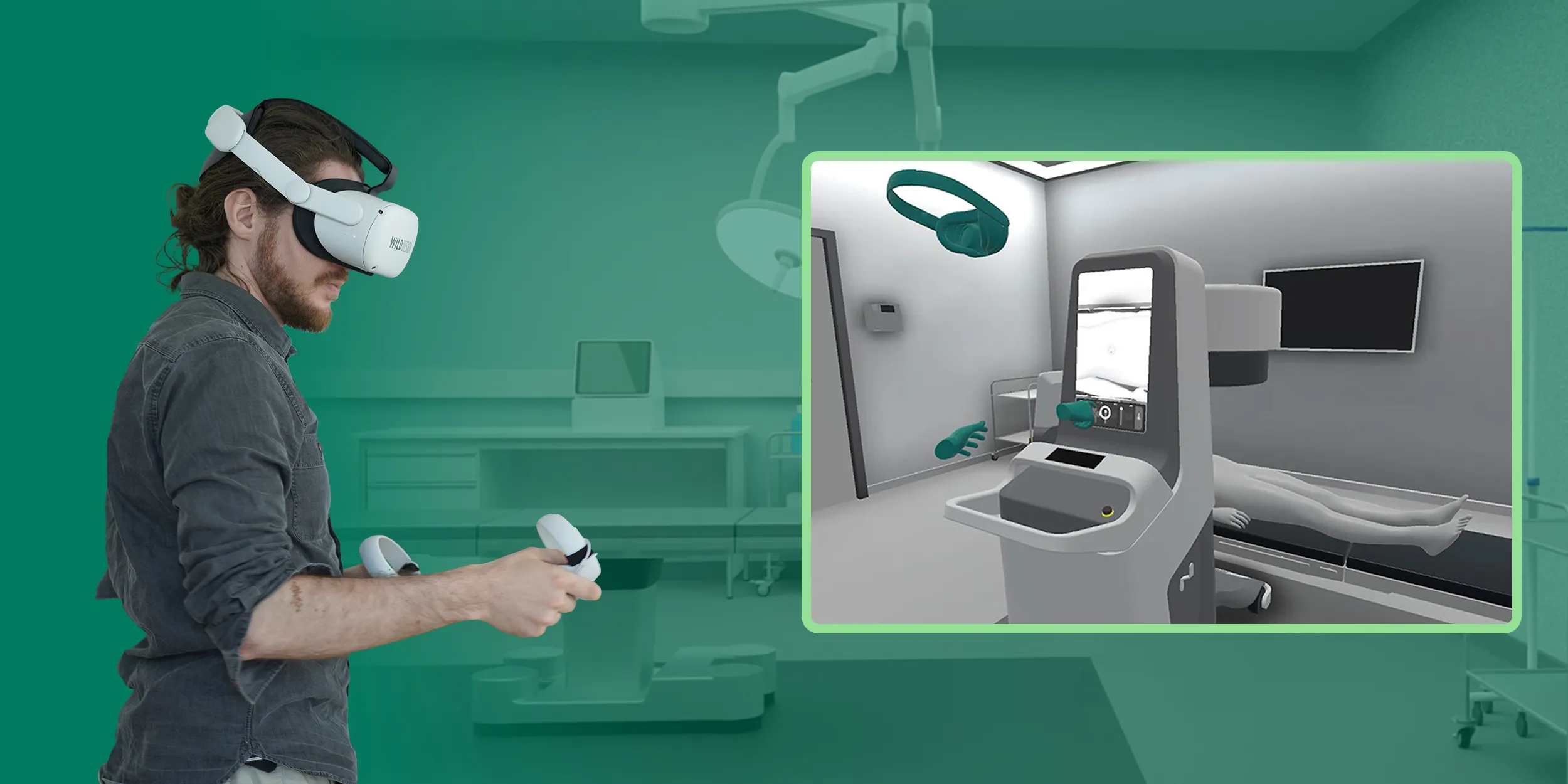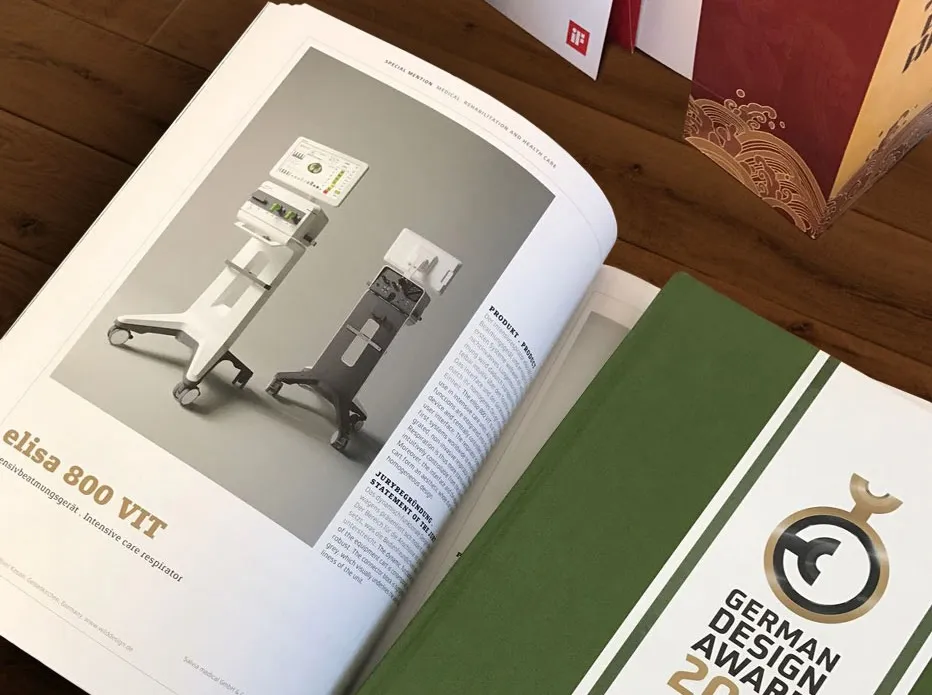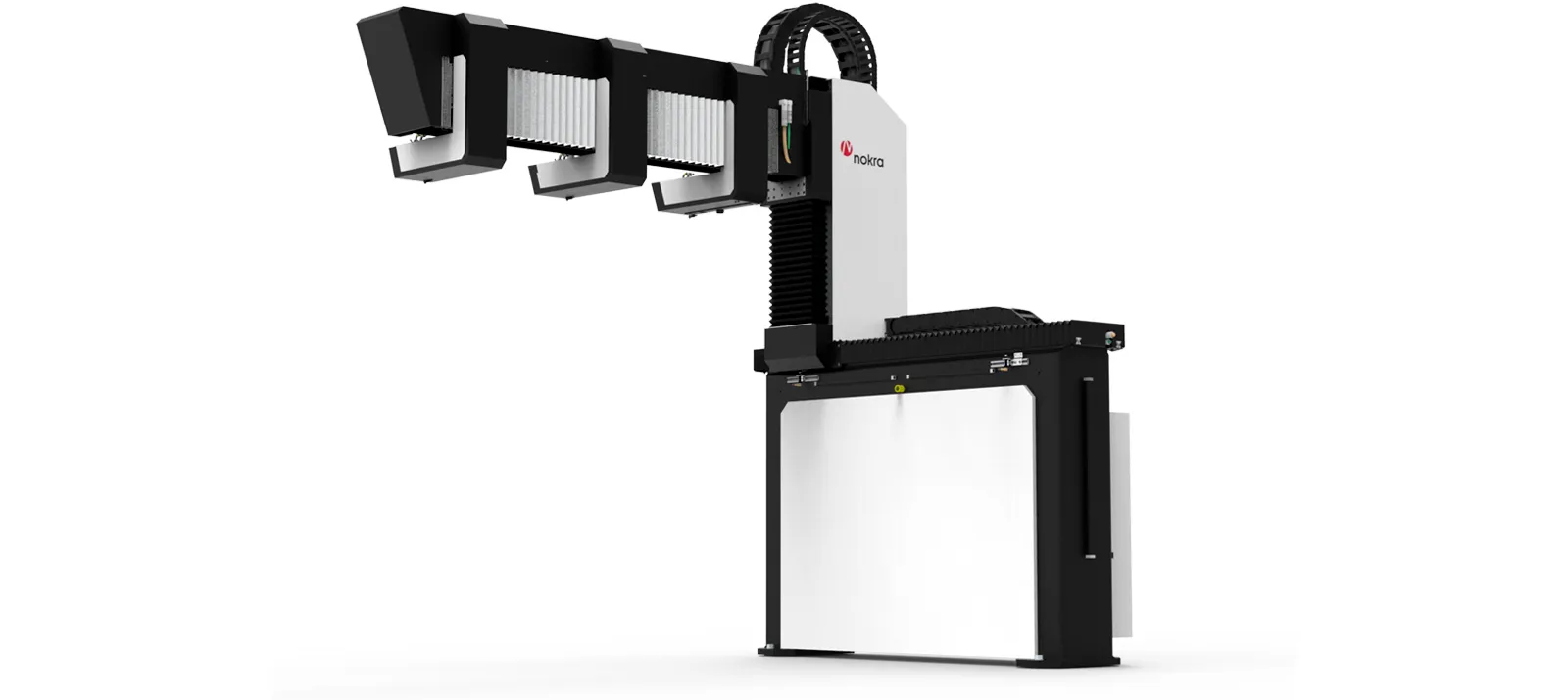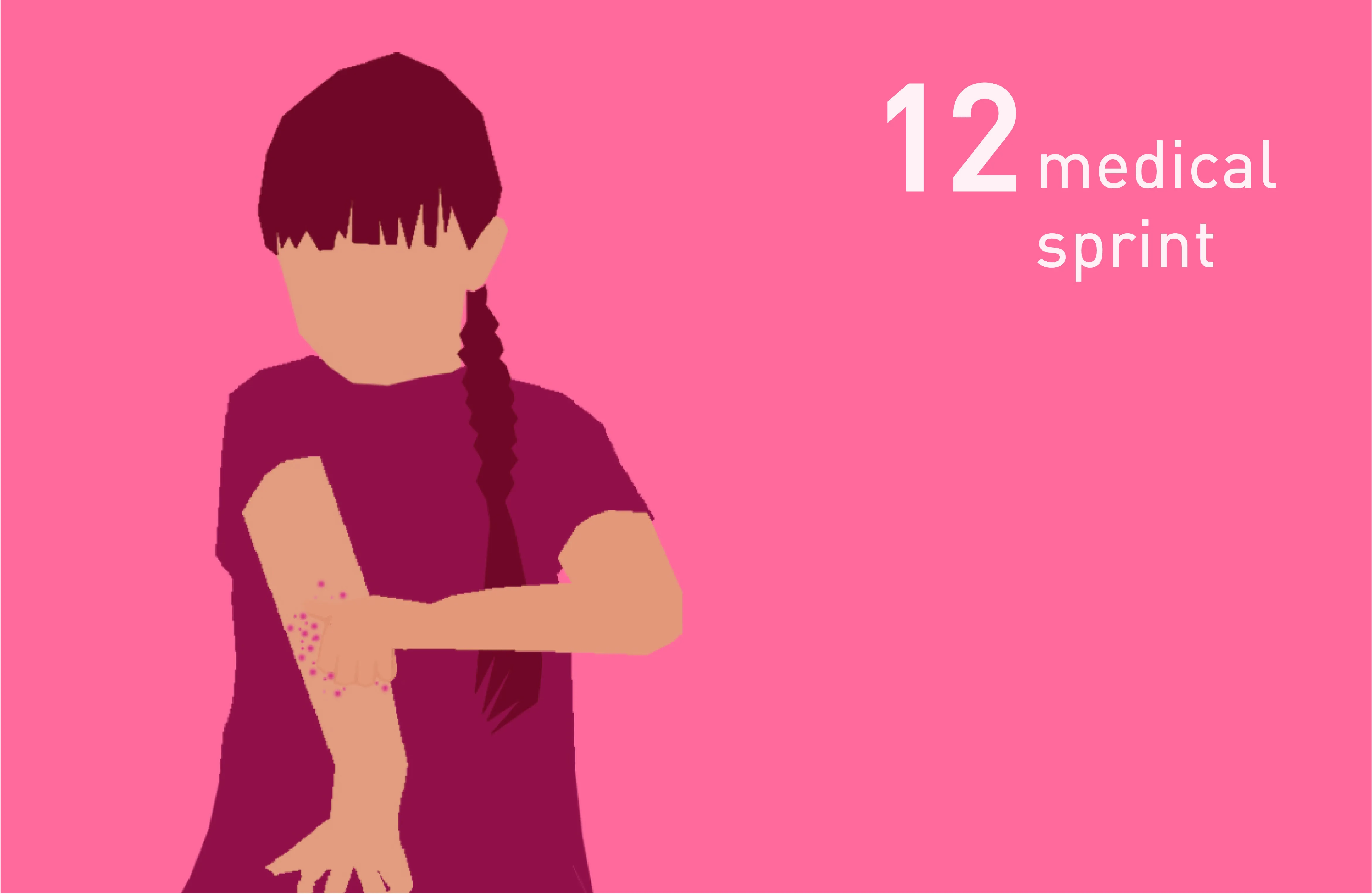Expertise
Advanced design simulation and prototyping - not just for start-ups
Imagine you are a start-up in the medtech or biotech sector. Your idea is revolutionary, your vision clear - but you are still at the beginning. So far, your product only exists in your head, in research laboratories or as a functional test setup.
But you want to impress investors, make first impressions at trade fairs and arouse customers' curiosity. How can you present your project convincingly at such an early stage? The answer lies in the use of advanced design simulations and prototyping methods . These make it possible to develop and realistically present your product with the means of design in the early development phase.
Understanding the initial situation and creating a story
In order to present the full power of your idea, it is crucial to authentically capture the current situation and develop a suitable story. This approach helps to choose the right form of presentation to present the product effectively. A well-thought-out story can engage investors and customers emotionally and emphasize the importance, the core of your product.
More than a dozen impressive display options
To present your idea effectively, there are various forms of presentation available, each with their own strengths. These 14 different methods make it possible to present your design not only visually, but also functionally and vividly in order to really inspire investors, customers and users.
Based on the available 3D CAD or 2D graphic data
The best thing about the many possibilities is that the basic requirements are usually already in place when the design is developed digitally. No matter how "finished" the digital data is, simulations can be created or prototypes derived from it at any time. Here is a small selection of the formats commonly used in design practice:
Class A models and prototypes
These models range from visually non-functional variants to elaborate mechanically and electrically functional prototypes. They represent the end product at various stages of development and offer the opportunity to demonstrate mechanical functions and electrical components such as lighting.
1. visually functionless prototypes
The classic design model. Impresses with an absolutely realistic surface. Design models are primarily used for visual presentation and enable an initial visual assessment of the design. They are ideal for early feedback rounds and investor presentations.
2. mechanically functional prototypes
These prototypes offer the opportunity to test and present mechanical functions. They are particularly useful for technical evaluations and functional demonstrations. The visual appearance is not the focus here. Depending on the size of the object, coverings are created from 3D printed parts or from cardboard or foam, for example.
3. electrically functional prototypes
By integrating electrical components, specific functions such as lighting or simple circuits can be demonstrated. This is particularly valuable for detailed technical tests and demonstrations.
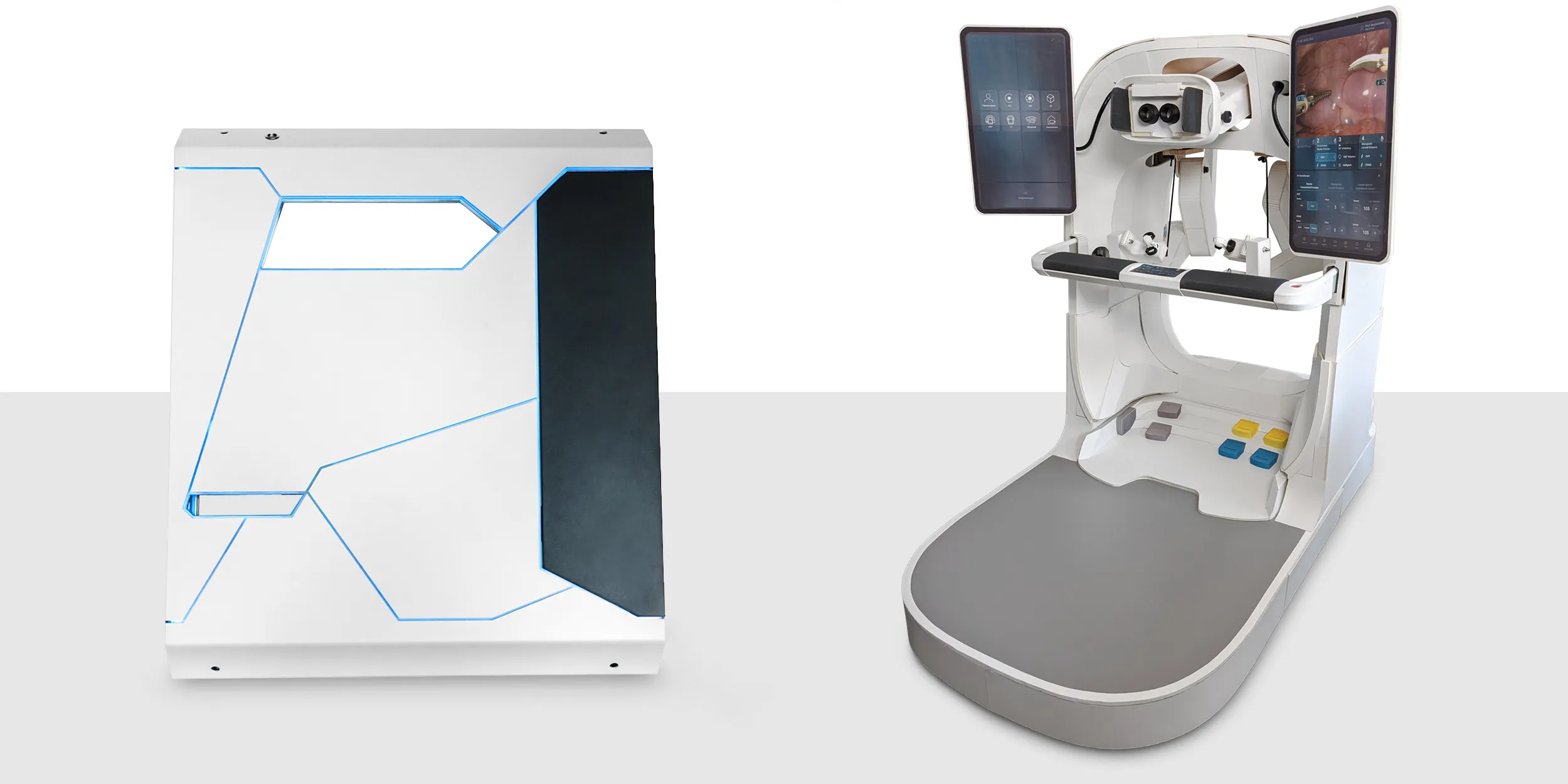
3D animation
3D animations are an effective way to make complex products and processes understandable. Through customized storyboards and professional visualizations, these animations can range from short clips for social media to detailed training materials. They are a great way to present the design and function of a product in an engaging and easy-to-understand way.
4. short animations in clip format
These 30-180 seconds are ideal for generating attention and arousing the interest of potential customers and investors. Here is an example for our customer Dynamic Biosensors:
5. 3D animated training videos
Any number of details can be incorporated into the animation from the same 3D data in order to train the use of the product. They are often used to familiarize medical professionals with new products and to make complex processes understandable during use.
UI/UX design
User-friendliness and safety are paramount when it comes to navigating complicated processes through user interfaces, e.g. in in-vitro diagnostics. Prototypes with interactive elements are particularly valuable for user and customer tests.
6. static GUIs
These GUI renderings provide an initial visual representation of the interface design and are ideal for early feedback.
7. interactive click prototypes (click dummies)
Click dummies enable realistic navigation through the interface and are particularly valuable for usability tests and detailed adjustments.

AR and VR technologies
Augmented reality (AR) integrates digital elements into the real world, while virtual reality (VR) creates a completely virtual environment. These technologies are particularly suitable for virtual training courses, customer meetings and usability tests.
8. augmented reality
Enables digital information to be superimposed on the real world and is ideal for interactive product presentations and training courses.
9. virtual reality
Provides a fully immersive experience and is particularly useful for detailed product demonstrations and virtual training.
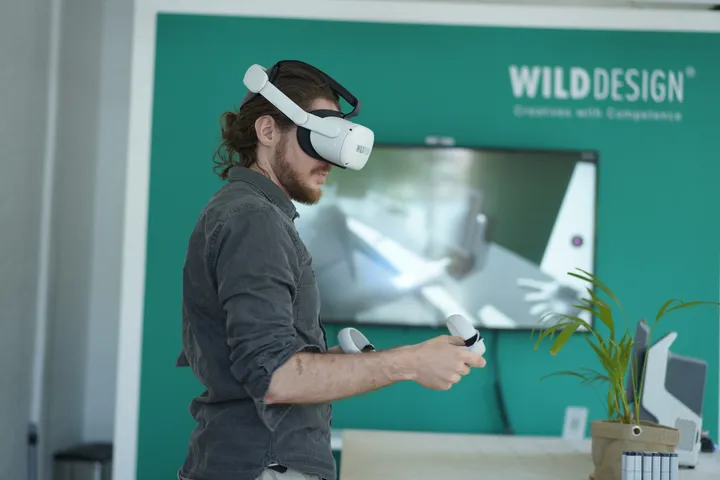
Rendering representations
Photorealistic or conceptual renderings provide a detailed "life-like" visual representation of the product, which is particularly useful for marketing materials and presentations.
10. photorealistic renderings
These offer an extremely realistic representation of the product. Ideal for advertising materials and investor presentations.
11. conceptual renderings
These focus more on the idea and concept behind the product and are useful for internal communication and early development phases.
12. infographics
Infographics help to present complex systems and interrelationships in a way that is easy to understand. They are ideal for grasping the entire system and how it works at a glance.
Digital Twin and Advanced Prototyping
13. digital twin
A digital twin is a digital image of a physical product that is used to optimize products and processes. This enables detailed analysis and improvement before the physical product even exists.
14. advanced prototyping
Detailed, interactive prototypes that are both functional and aesthetically designed provide an early insight into the potential end-user experience. These prototypes are particularly valuable for iterative development processes and detailed testing.
Advantages and disadvantages of the different forms of presentation
Each form of presentation has its own advantages and disadvantages and requires different levels of effort:
- Class A models: Visually appealing and mechanically functional, but usually expensive and time-consuming to manufacture.
- 3D animations: Flexible and easily customizable, but without physical interaction.
- UI/UX prototypes: Ideal for usability tests and early feedback, the presentation of aesthetic aspects tends to be neglected here.
- AR/VR technologies: Offer immersive experiences, but require technical know-how and special VR equipment.
- Rendering representations: Extremely visually appealing, but without physical interaction.
- Infographics: Excellent for explaining complex systems, but not interactive.
- Digital Twin: Enables detailed analyses and optimizations, but is initially complex to create.
How valid are such early design representations?
We have developed our own tool to ensure that the early design representations do not become a problem at a later stage of development: The 24 design factors. They offer holistic security and are the answer to the question: How can I ensure at such an early stage that the design decisions and representations are valid and that everything does not have to be adjusted later? To achieve this, the 24 design factors, subdivided into the areas of product, brand and realization, offer a clear definition framework and leave nothing essential out of consideration. -> Learn more about the 24 design factors!
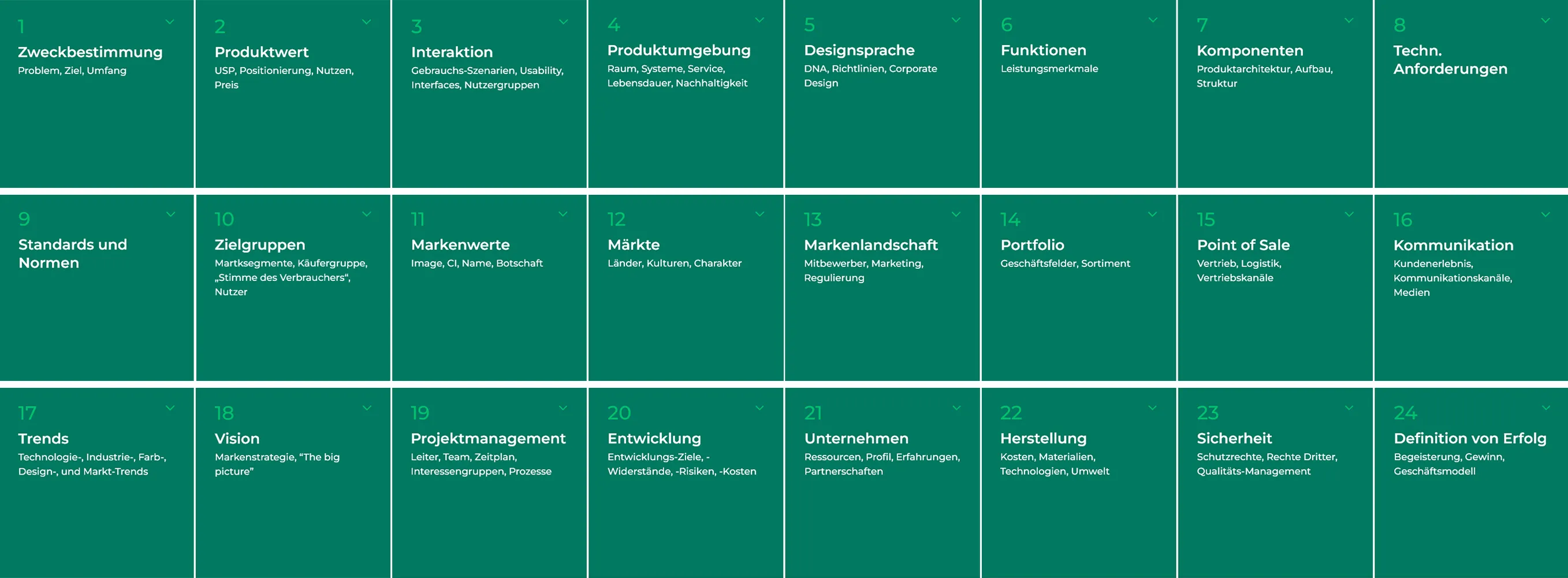
Through the targeted use of these 24 design factors, we ensure that the vision of the subsequent product design not only fulfills all technical and functional requirements, but also meets the emotional and aesthetic demands of the user. This holistic approach makes it possible to develop products that are not only technically convincing, but also create a strong emotional bond with users.
Step by step to the perfect product
Once the design factors have been analyzed in detail, the next step is to create a comprehensive design brief that clearly defines all identified requirements and objectives. This briefing serves as a guide for the rest of the development process and ensures that everyone involved has a shared vision and a common understanding of the project goals.
With this holistic approach and the careful application of the 24 design factors, both young and mature companies are ideally equipped to present and test their visionary products successfully and effectively. The early integration of simulations and prototypes makes it possible to gather valuable feedback and optimize products before they are launched on the market. In this way, investors, customers and users alike can be convinced and inspired.
04 Tips from the expert
- Use simulations and prototypes early on
Present your product realistically and convincingly in the early development phase. This allows you to impress investors, customers and partners and obtain valuable feedback. - Choose the right form of presentation for your project
Use the variety of 14 different methods - from 3D animations and mechanically functional prototypes to AR/VR technologies - to present your product in the best possible way. - Simulate cost-effectively and effectively
Simulations can often be realized with simple means and do not have to be expensive. Use cost-effective methods to present your product convincingly without breaking your budget. - Tell a convincing product story
Develop an authentic and compelling story that presents your product idea clearly and emotionally. This helps to inspire investors and customers and emphasize the importance of your product.
Frequently asked questions


